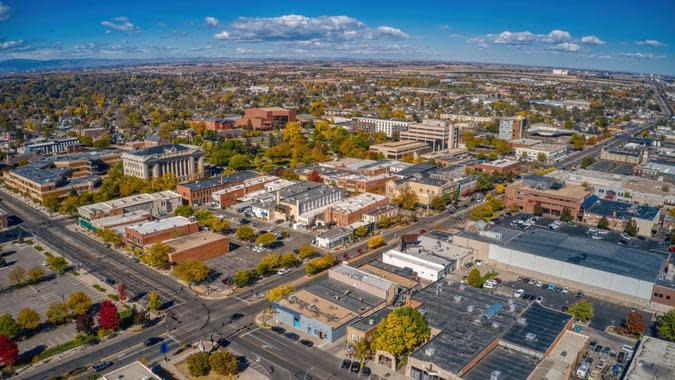10 States Where Millennials Have the Most Debt

For millennials across the country, the amount of debt they carry can be crushing. According to Scholaroo, millennials have an average credit card debt of $5,898 and an average monthly credit card payment of $166. The amount of credit card debt they carry is 52% higher compared with their Gen Z counterparts.
Read Here: 6 Ways To Tell If You’re Financially Smarter Than the Average American
Try This: How To Get $340 Per Year Cash Back on Gas and Other Things You Already Buy
Millennials also carry higher amounts of student loan debt compared to Gen Z. They have, on average, $31,297 in student loans, paying around $44 per month. They carry the highest amount of mortgage debt and the second highest amount of auto loan debt compared to other generations. Many millennials are paying thousands of dollars each month towards their debt, but the amount can vary significantly depending on where you live.
Here are the 10 states where millennials have the most debt.

Virginia
Average debt: $56,126
Learn More: Rare Bicentennial Quarter Has Nearly $20K Value — Plus 7 More Worth Big Money
Check Out: How Much Household Income Will Be Considered Upper Middle Class in 5 Years?
Wealthy people know the best money secrets. Learn how to copy them.

Maryland
Average debt: $56,314
See Here: 26 Ways To Make $1,000 Fast — In a Week or Less

Oregon
Average debt: $56,512

Alaska
Average debt: $58,071

Massachusetts
Average debt: $60,367

Hawaii
Average debt: $61,945

Colorado
Average debt: $63,053
Learn More: 7 Things You Must Do To Start Making $1K a Month in Passive Income

California
Average debt: $63,433

Utah
Average debt: $66,725

Washington
Average debt: $71,440

How To Pay Off Debt as a Millennial
If you are carrying large amounts of debt as a millennial, you aren’t alone. Most millennials carry somewhere between $30,000 and $70,000 in debt. It can take years to climb out of a financial hole, but there are ways to expedite your debt-free lifestyle. The good news is that you likely still have some time before retirement to get your finances in order.
Create a budget. Before you even begin to establish a plan for paying off your debt, you need to have a firm idea of how much money you can put towards your debt. You will want to sit down and establish a budget. Write down all of your expenses and income, then discern your necessary from discretionary spending. Focus on your needs and reduce your wants to ensure you have more money to put towards your outstanding loans.
Pay off high-interest credit card debt first. Most financial experts agree that the first step to tackling large amounts of debt is to pay off your high-interest credit cards first. Continue to make your monthly minimum payments on your other loans, but put more towards the card with the highest interest rate until it is paid off. Continue doing this with each debt.
Consider government aid programs. If you carry a significant amount of student loan debt, you may qualify for government assistance that helps reduce or eliminate what you owe. Your state may provide help as well, depending on the career path you choose.
Meet with a financial expert. One of the best ways to get your finances in order is to meet with an advisor. An advisor can help you develop a plan so that you can retire when you want, with the money you need to live comfortably.
More From GOBankingRates
I'm a Bank Teller: 4 Reasons You Should Withdraw Your Savings Right Now
This is The Single Most Overlooked Tool for Becoming Debt-Free
This article originally appeared on GOBankingRates.com: 10 States Where Millennials Have the Most Debt

 Yahoo Finance
Yahoo Finance 